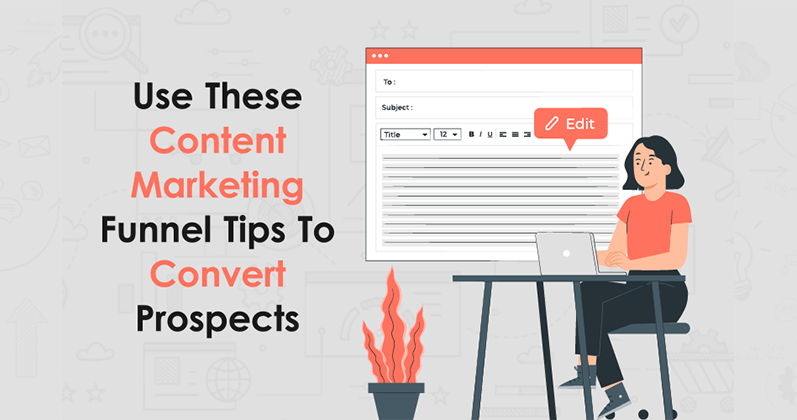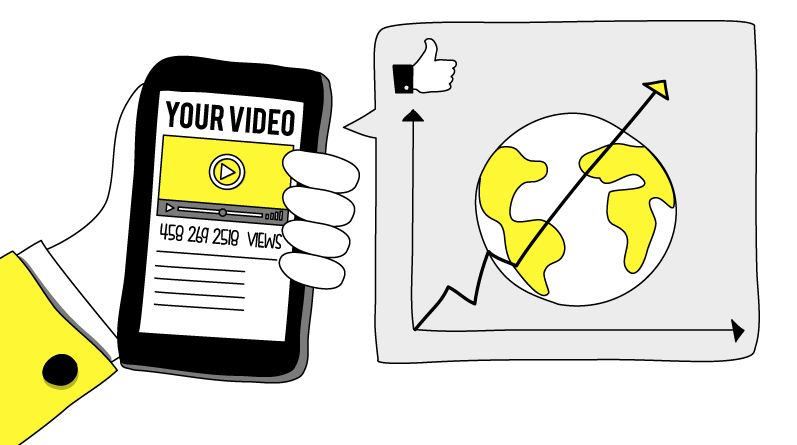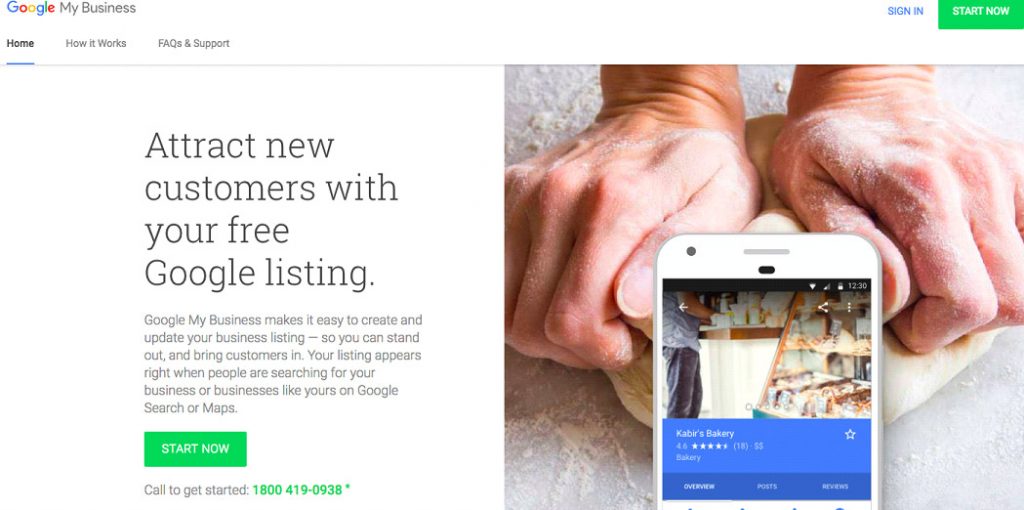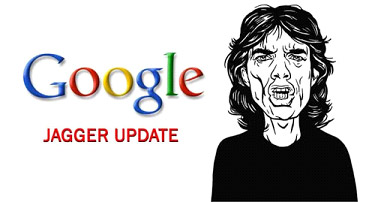Preventing Google Penalties
It’s always better to be safe than sorry. There are many ways to build a website with user experience at its core and reduce the risk of penalties.
White Hat SEO Strategies
White hat SEO strategies prioritize creating a website that delivers a great user experience and naturally attracts search engine traffic. Conduct thorough keyword research to understand what your target audience is searching for. Then, integrate these keywords naturally into your content. Focus on readability and user intent.
Your website should be mobile-friendly. With most searches now happening on mobile devices, a responsive website that offers a smooth user experience across all platforms is crucial. Address technical issues like slow loading times, broken links, and website structure problems. A well-functioning website improves user experience and signals quality to search engines.
Quality Content Creation
High-quality content is the solution to ranking higher and creating a Google-friendly website. Create informative, engaging content that provides real value to your target audience. Go beyond superficial content and create comprehensive pieces that address user search intent in detail. Aim for informative blog posts, helpful guides, or well-researched articles. Include relevant keywords naturally throughout your content. Your content should have target keywords in a way that improves readability and provides context for users.
Write for your audience, not just search engines. The content should have clarity, consciousness, and a conversational tone that engages users. Offer fresh perspectives and insights. Avoid plagiarism or simply rewriting existing content.
Natural Link Building
Backlinks are an important ranking factor for Google. However, the focus should be on earning backlinks naturally, not manipulating them. Develop content that other websites will find valuable and want to link to naturally. This could be informative blog posts, innovative research, or insightful industry commentary.
You can also contribute guest articles to reputable websites in your niche. This allows you to show your expertise, reach a wider audience, and earn valuable backlinks. Build genuine relationships with other website owners and industry influencers. These connections can give you organic link opportunities without any manipulative tactics.
Regular Website Audits
To maintain a healthy SEO profile, you need regular website audits. Use backlink analysis tools to monitor your backlink profile. Identify and disavow any low-quality or irrelevant backlinks that might negatively impact your website.
Review your existing content and identify areas for improvement. Update outdated information, refresh old content with new information, and keep your website fresh and informative. Regular technical SEO audits help you identify and fix any technical issues that might be affecting your website’s performance.
















